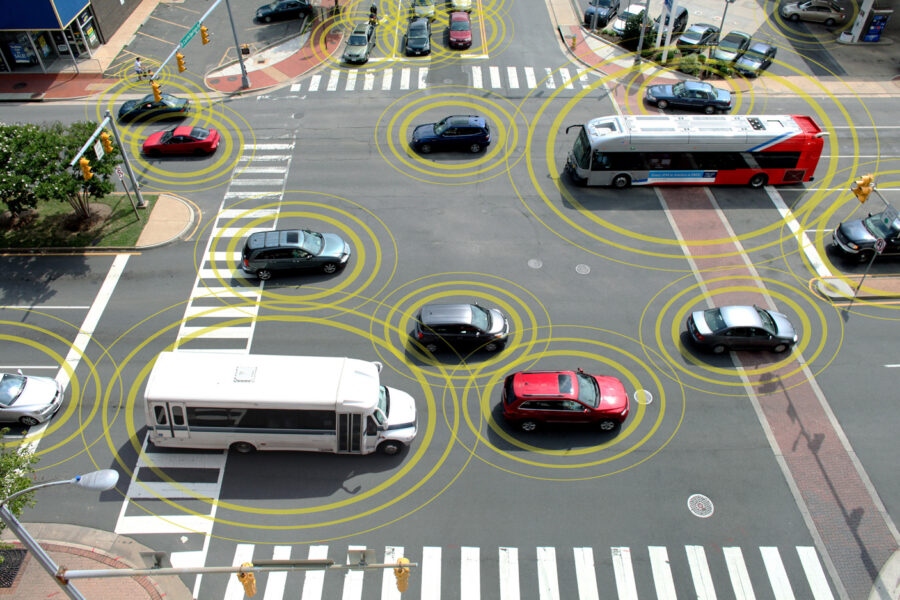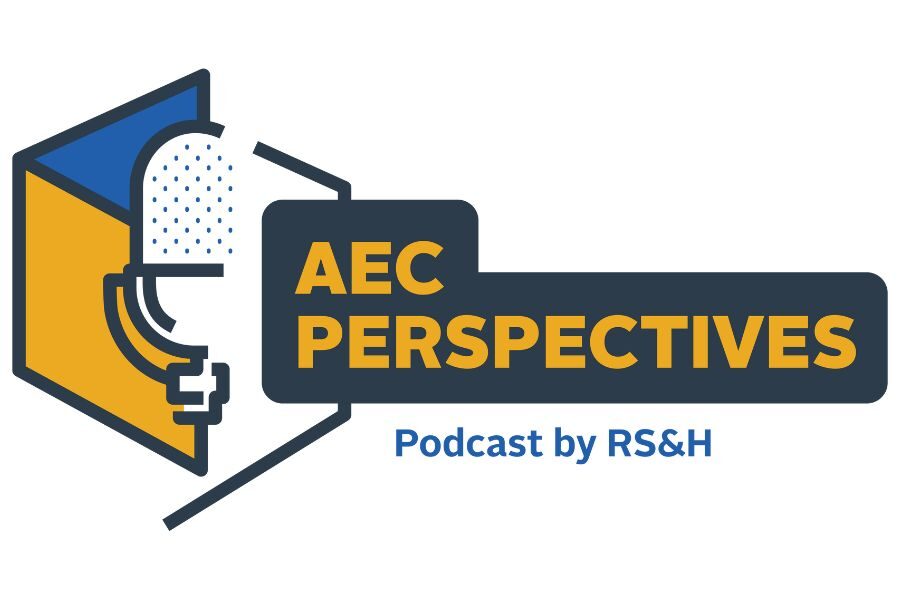The Vehicle-to-Infrastructure Continuum
As an initial application of Vehicle-to-Infrastructure (V2I) communications technology, transponder-based tolling has already reduced environmental impacts and provided positive customer experiences that have increased the acceptance of toll facilities nationwide. Moving forward, we should keep up with how V2I technology is deployed and monitor its capacity to change toll collection techniques and processes. The move toward national interoperability will add additional demands to provide customers with the technical solutions they demand.
Is this far in the future or just around the corner? In June 2014, ITS International reported that the James Addams Memorial Tollway in Illinois is taking advantage of active traffic management technology. The $2.5 billion I-90 Rebuilding and Widening Project forms part of the $12 billon “Move Illinois: The Illinois Tollway Driving the Future” program. ITS International reports that as part of this program, overhead gantries at relatively short intervals will allow the advanced traffic management system (ATMS) to give drivers the status of upcoming traffic incidents and congestion. Monochrome digital dynamic signs are giving way to capable displays. The new corridor is being designed to cost-effectively integrate future ITS technologies – notably those needed to support dedicated short-range communications-based V2I and vehicle-to-vehicle communications systems.
The June 18, 2014 issue of Hybrid Cars (V2V and V2I As Seen By Toyota) reported that Toyota testified before the House Committee on Science, Space and Technology’s Subcommittee on Research and Technology.
“The automobile is currently undergoing a technological transformation that is reducing crashes, improving fuel efficiency, and bringing greater convenience and improved quality of life to drivers and passengers,” said Toyota Vice President Kristen Tabar. It is reasonable to expect that with the increased use of tolling, drivers will come to expect tolling to be a major part of this technology transformation.
An additional concern of all back-office technology and tolling legislation is protecting the customer information stored in an agency’s system. As systems are deployed and security concerns mount, the V2I industry is aware of this need and is developing privacy processes.
“The good news is that the connected vehicle system is being developed to support the security that is required to minimize the potential for hacking,” Tabar said.
Electronic tolling changed the back office and the lanes, and V2I has the potential to remake tolling and toll collection. As this technology continues to meet and overcome its challenges, industry professionals need to identify how to meet customer demands while maximizing revenue and lowering costs.




